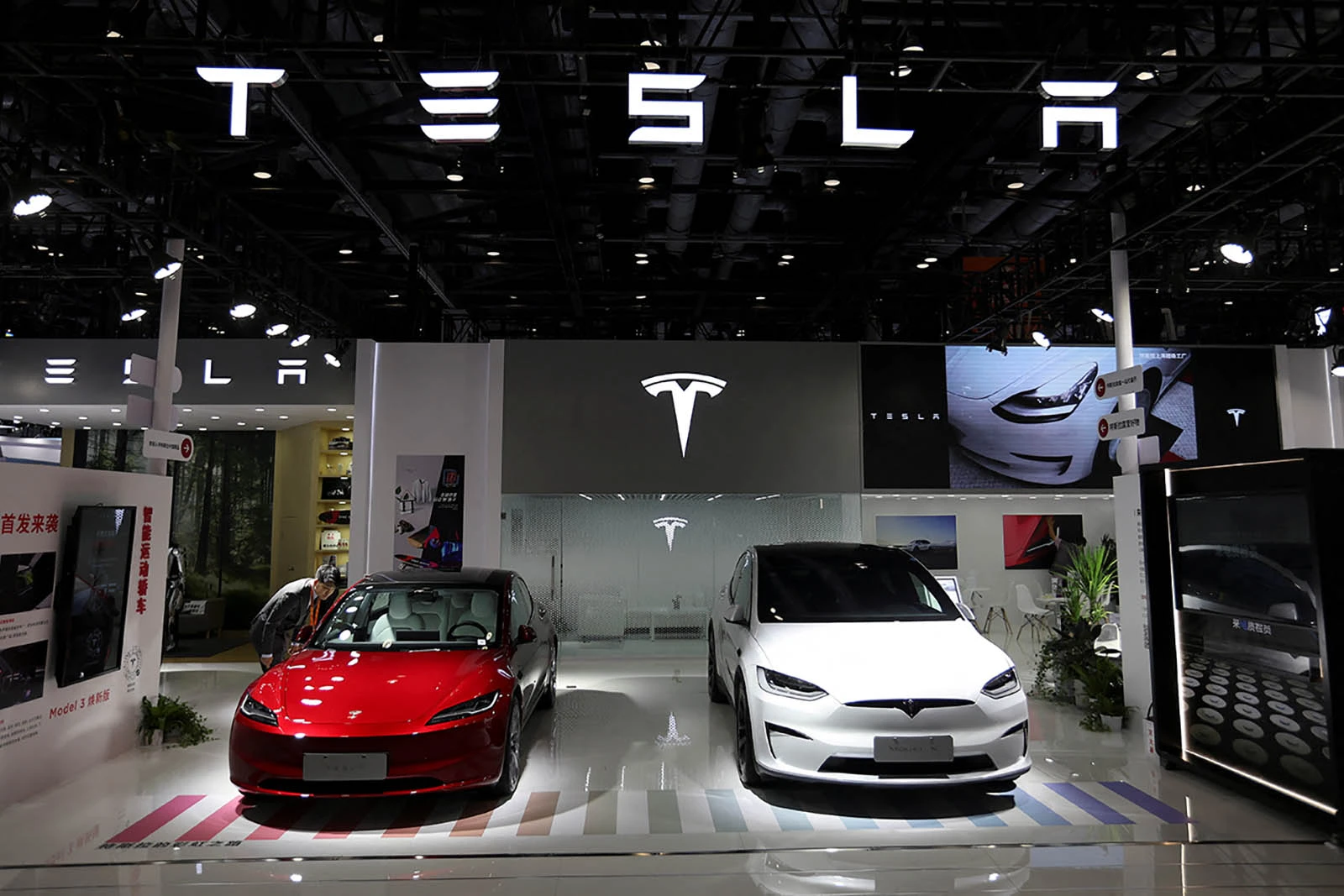
Tesla is currently under a significant regulatory spotlight as the National Highway Traffic Safety Administration (NHTSA) demands detailed information on updates made to the company’s Autopilot driver assistance systems.
This inquiry follows a voluntary recall in December, impacting about 2 million Tesla vehicles in the U.S., aimed at ensuring that drivers remain alert and engaged while using the Autopilot features. The electric vehicle giant faces potential fines up to $135.8 million if it fails to comply with the NHTSA’s request for comprehensive recall data by the stipulated deadline of July 1.
What Triggered the December Recall?
The December recall was specifically intended to improve the functionality of Tesla’s driver-engagement systems. These systems are critical for monitoring driver interaction with the vehicle’s advanced features, such as traffic-aware cruise control, lane keeping, and auto steering—key components of the Autopilot system. Despite these enhancements, post-recall reports indicate that there have been at least 20 crashes involving Tesla vehicles where Autopilot was believed to be engaged.
This data is part of a wider investigation by the NHTSA, which has found that Tesla’s Autopilot was a contributing factor in at least 467 collisions, resulting in 14 fatalities from January 2018 through August 2023.
The investigation revealed that the drivers involved in these incidents were often not paying adequate attention to the driving task, and the system’s warnings, designed to enforce driver engagement when Autosteer was active, were insufficient.
To combat this, Tesla’s driver-engagement systems include technologies like torque sensors in the steering wheel, which detect whether a driver is holding the wheel, and cameras inside the cabin that monitor the driver’s gaze. These systems are designed to issue alerts if a driver appears inattentive, prompting them to maintain control and readiness to intervene at any time.
Further expanding on its scrutiny, the NHTSA is also requesting detailed crash data since the implementation of the recall remedy. Specifically, they are seeking:
- Any data and video stored in or streamed from Tesla vehicles.
- Data retained by the company following the recall.
- Tesla’s internal procedures related to safety defect determinations, issue investigations, design actions (including considerations of human factors and subsequent modifications), and testing protocols.
Tesla’s Internal Challenges and Future Visions
This regulatory pressure coincides with a period of significant internal changes within Tesla, which is undergoing a massive reorganization and executing sweeping layoffs. The specifics of how these cuts are affecting the Autopilot and vehicle-safety engineering teams have not been made public.
Amid these challenges, Tesla CEO Elon Musk continues to focus on the future potential of Tesla’s artificial intelligence technology. For nearly a decade, Musk has been promoting the vision of Tesla achieving a breakthrough in self-driving technology. This vision includes not only the enhancement of vehicle autonomy but also the development of AI-driven products such as robotaxis and sentient humanoid robots capable of performing industrial tasks.
However, the company is currently facing a downturn, with Tesla EV sales dropping in the first quarter and its stock price declining by 28% year to date, closing at $177.81 after a 3.8% fall on a recent Tuesday.
Related News:
Featured Image courtesy of Florence Lo/REUTERS
